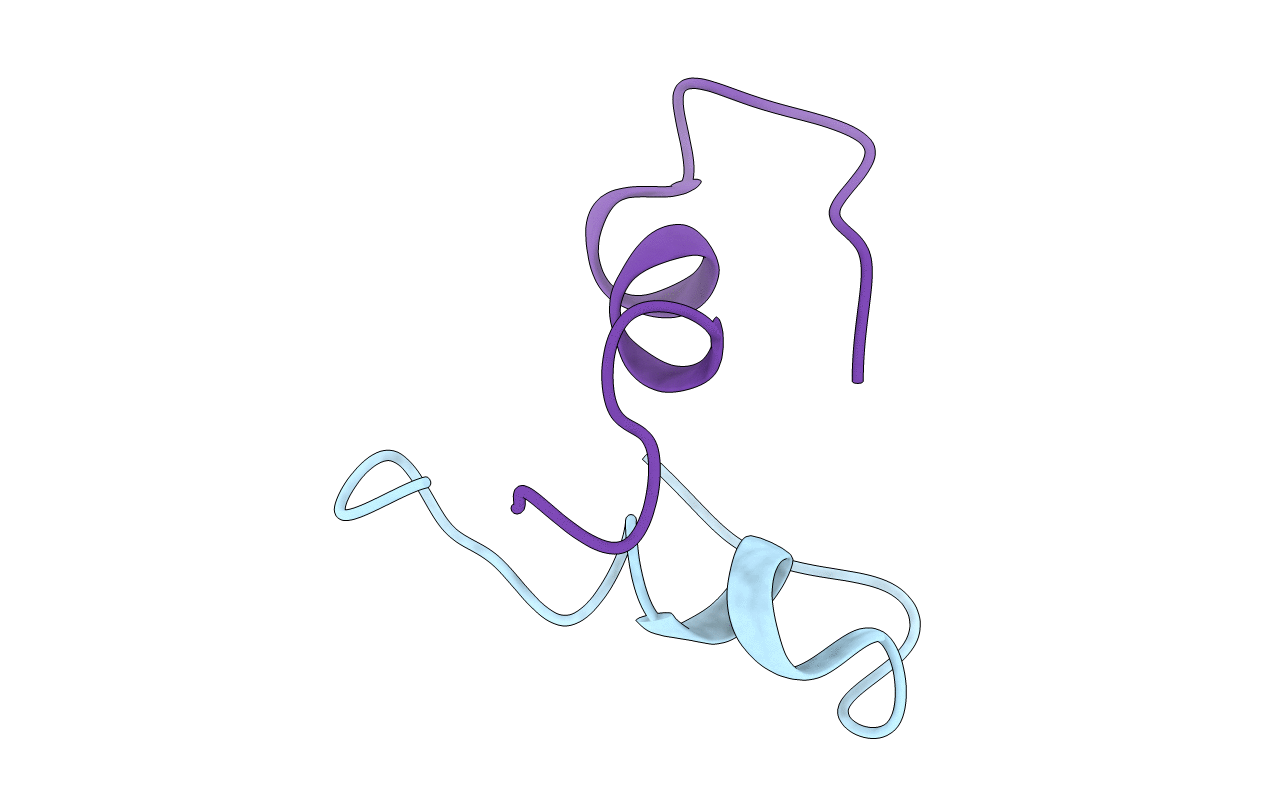
Deposition Date
2018-05-28
Release Date
2019-01-02
Last Version Date
2024-11-20
Entry Detail
PDB ID:
6DK5
Keywords:
Title:
The X-ray crystal structure of human endothelin-1, a polypeptide hormone regulator of blood pressure
Biological Source:
Source Organism:
Homo sapiens (Taxon ID: 9606)
Method Details:
Experimental Method:
Resolution:
1.85 Å
R-Value Free:
0.28
R-Value Work:
0.20
R-Value Observed:
0.20
Space Group:
P 61


